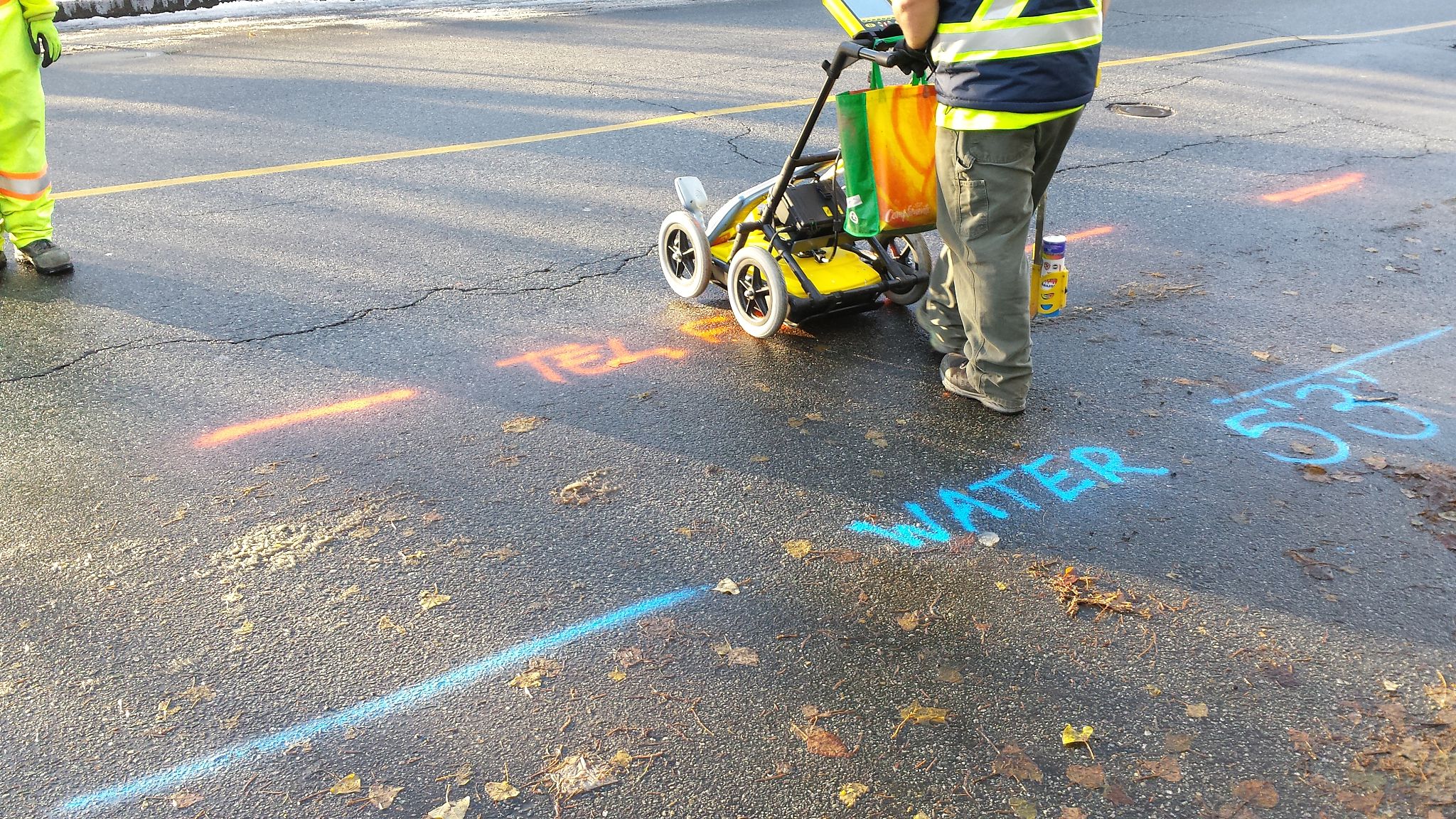Common Utility Locating Misconceptions and How to Avoid Them
Understanding Utility Locating
Utility locating is an essential process in construction and renovation projects. It involves identifying and marking underground utilities like cables, pipes, and other infrastructure to prevent damage during excavation. Despite its importance, there are many misconceptions about utility locating that can lead to costly mistakes. Understanding these misconceptions is crucial for accurate and efficient project planning.

Misconception 1: Utility Locating is Only Necessary for Large Projects
A common misconception is that utility locating is only needed for large-scale projects. In reality, even small projects can benefit from utility locating services. Whether you're installing a new fence or planning a garden, knowing what lies beneath the surface can prevent unexpected and potentially dangerous encounters with underground utilities.
Misconception 2: Utility Maps are Always Accurate
Another widespread belief is that utility maps provide complete and accurate information. While utility maps are helpful, they often lack up-to-date details due to changes over time or poor maintenance of records. Relying solely on these maps can lead to inaccurate assumptions about the location of utilities. It's always best to combine map data with professional locating services.

Misconception 3: DIY Locating Methods are Sufficient
Some individuals may attempt to locate utilities on their own using DIY methods. However, these methods can be unreliable and unsafe. Professional utility locators use specialized equipment and techniques to ensure precise identification of underground utilities. Trusting experts reduces the risk of damaging buried infrastructure and ensures compliance with local regulations.
How to Avoid Common Utility Locating Misconceptions
Recognizing misconceptions is the first step in avoiding them. Here are some strategies to ensure you have accurate information:
- Engage Professional Services: Always hire qualified utility locating professionals for your project. Their expertise and equipment provide the most reliable results.
- Request Updated Maps: When obtaining utility maps, ask for the most recent updates to ensure you have the latest information available.
- Verify with On-site Inspections: Even with maps and professional services, conduct on-site inspections to visually verify the location of marked utilities.

The Importance of Communication
Effective communication between project managers, contractors, and utility locating professionals is vital. Share all relevant information and updates promptly to ensure everyone is on the same page. This collaboration minimizes the risk of errors and enhances the overall success of your project.
Staying Informed and Proactive
Staying informed about local regulations and best practices in utility locating is essential. Attend workshops, webinars, or training sessions to enhance your knowledge. Being proactive in understanding the nuances of utility locating can save time, money, and prevent accidents.
In conclusion, utility locating is an integral part of any construction or renovation project. By dispelling common misconceptions and taking proactive steps to ensure accuracy, you can safeguard your project from unnecessary delays and costs. Remember, when it comes to digging or excavating, it's always better to be safe than sorry.
